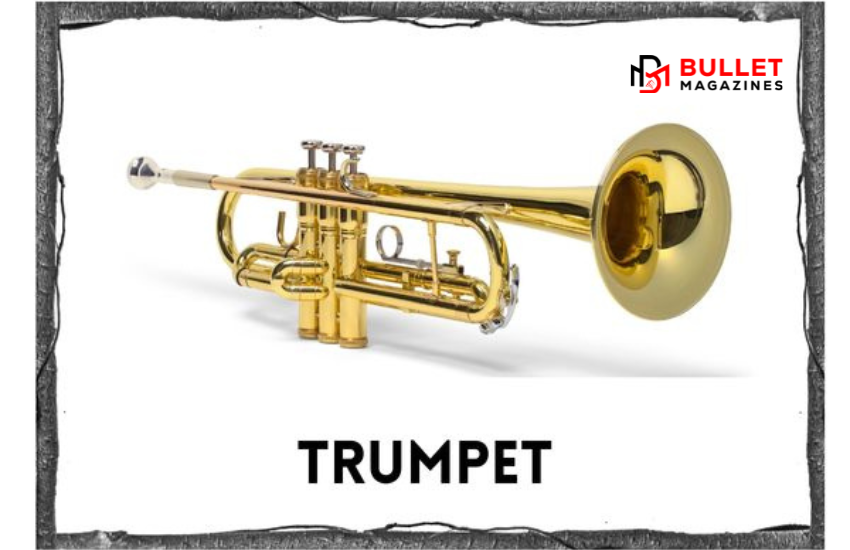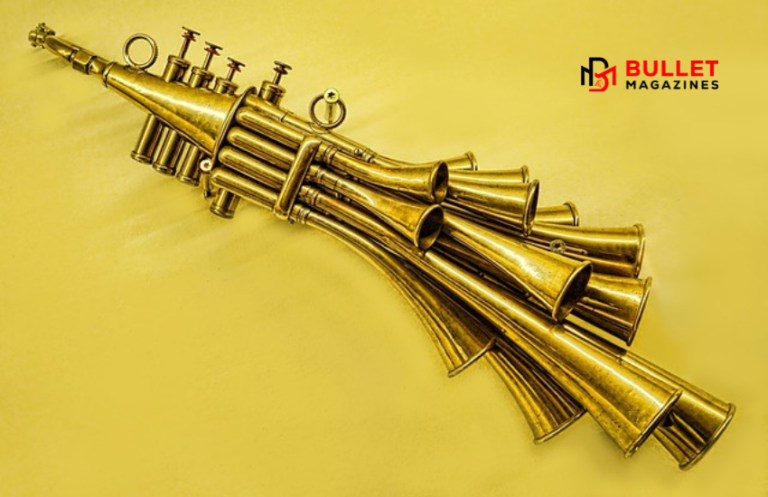Introduction
Brass instruments are a fascinating and essential part of the musical world. These instruments produce sound through the vibration of air in a tubular resonator in sympathy with the player’s lips. The unique timbre of brass instruments makes them a vital component of various musical genres, from classical orchestras to jazz bands. In this guide, we’ll explore what brass instruments are, the different types, and much more.
What Are Brass Instruments?
Brass instruments are typically made of brass or other metals and produce sound through the buzzing of the player’s lips into a mouthpiece. This category of instruments includes some of the most powerful and expressive instruments in the orchestra. The defining characteristic of all brass instruments is their ability to produce sound by lip vibration against a mouthpiece.

Types of Brass Instruments
Brass instruments come in various shapes and sizes, each producing distinct sounds and playing different roles in musical compositions. Here are the main types:
Trumpet
The trumpet is one of the most popular brass instruments. Known for its bright, piercing sound, the trumpet is widely used in classical, jazz, and popular music.
French Horn
The French horn has a softer, more mellow tone compared to the trumpet. Its unique coiled shape and wide bell produce a rich, warm sound that blends beautifully with other instruments.
Trombone
The trombone stands out with its slide mechanism, allowing for smooth gliding between notes. It has a powerful, robust sound, often featured in orchestras and jazz ensembles.
Tuba
The tuba is the largest and lowest-pitched brass instrument. It provides the bass foundation in brass and wind ensembles, delivering deep, resonant tones.
Brass Instruments List with Pictures
Here’s a comprehensive brass instruments list with pictures to help you identify and understand each one:
- Trumpet
- French Horn
- Trombone
- Tuba
- Cornet
- Euphonium
Big Brass Instruments
When it comes to size, some brass instruments are notably larger and produce lower pitches. The tuba and the sousaphone are prime examples of big brass instruments. These instruments require significant lung capacity and strength to play but reward musicians with deep, powerful sounds.
Low Brass Instruments
Low brass instruments are known for their deep, resonant tones. These include:
- Tuba
- Trombone
- Bass Trombone
- Euphonium
These instruments often play the bass lines in orchestral and band settings, providing a rich harmonic foundation.
Which of the Following Are Brass Instruments and Which Are Not?
To clarify which instruments belong to the brass family, here’s a quick rundown:
- Trumpet (Brass)
- French Horn (Brass)
- Trombone (Brass)
- Tuba (Brass)
- Saxophone (Not Brass – Woodwind)
- Clarinet (Not Brass – Woodwind)
FAQs About Brass Instruments
Q: What are brass instruments made of?
A: Brass instruments are typically made from brass, a metal alloy of copper and zinc, but they can also be made from other metals such as silver or nickel.
Q: How do brass instruments produce sound?
A: Brass instruments produce sound through the vibration of the player’s lips against a mouthpiece, which creates sound waves in the instrument’s tubing.
Q: What is the difference between a trumpet and a cornet?
A: While both the trumpet and cornet have a similar shape and sound, the cornet has a more conical bore, resulting in a mellower tone compared to the trumpet’s brighter sound.
Q: Can brass instruments be made from materials other than brass?
A: Yes, brass instruments can also be made from other materials like plastic or silver, but brass is the most common material due to its ideal acoustic properties.
Conclusion
Brass instruments are a vital part of the musical landscape, offering a wide range of sounds and playing essential roles in various musical genres. Whether you’re interested in the high-pitched brilliance of the trumpet or the deep, resonant tones of the tuba, there’s a brass instrument to suit every musical taste and style. Explore the fascinating world of brass instruments and discover the unique qualities that make them so special.


